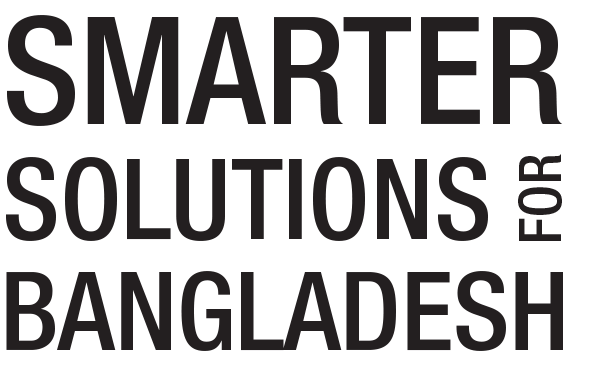Helping farmers in the lean season
by Bjorn Lomborg
In northern rural Bangladesh, the autumn lean season is the most difficult time of year, especially in Rangpur, where close to half of the 15.8 million residents live below the poverty line.
The landless poor in Rangpur primarily work as day laborers on neighboring farms. But in September, while waiting for crops to mature in the fields, there is no farm work to be done. Wages fall, and at the same time, food becomes scarce because harvest is still months away, so the price of rice goes up.
The double blow of low wages and high food prices means that households are forced to miss meals and also reduce the diversity and quality of their diets. This is especially harmful for pregnant women and young children, because it can lead to poor physical and cognitive development in the long run.
What’s the best way to help rural farmers during the lean season? That’s one of the many questions that Bangladesh Priorities will help answer. The Copenhagen Consensus Center project, in partnership with BRAC, is working with teams of economists to study which solutions across a wide range of issues can help Bangladesh prosper the most at the least cost.
Fortunately, there is a strategy that shows promise to help the landless poor during the hungry season in northern Bangladesh. New research by Mushfiq Mobarak, a Yale University economist, and Agha Ali Akram, a postdoctoral fellow with Evidence Action, suggests that helping people from rural areas migrate to work seasonally in urban centers can help families overcome the lean season. Spending on these programs can provide social benefits of four takas for each taka spent.
| Strategy | Takas of benefits per taka spent |
|---|---|
| Stipend for seasonal migration | 4 |
Urban centers do not face the same seasonal downturns as farming-based communities, so cities offer low-skilled employment opportunities during the lean season. Temporary urban jobs often range from pulling a rickshaw to working on a construction site.
Some already migrate to the city, but it is costly—both to pay for the travel itself, and to take the risk that you may fail to find a job and waste your money. And families on the brink of subsistence are the ones who stand to benefit most from seasonal employment.
The analysis is based on six years of research in more than 100 Bangladeshi villages, randomly assigning various strategies across the communities. In the first set of villages, participant households received a stipend of about Tk 1,000 to pay for a round-trip bus ticket and a few meals to allow people to migrate. In other villages, households received information about seasonal work opportunities but no money. And still other villages were randomly chosen to be controls—they received nothing, but the researchers collected the same data to compare the program’s effects.
When families received information only, few people migrated. But the benefits that came from a stipend for a simple bus ticket during lean season were significant. The economists found that spending about Tk 2,700 per household in the project—which pays for the temporary migration and also covers other program costs—gave each household over Tk 10,900 in economic, health, and social benefits.
Caloric consumption went up 600 calories per day for each person in the households who received the stipend and sent a migrant— that’s the difference between eating two or three meals a day. These families also spent more money on protein sources such as chicken and lentils. So not only did they eat more, they ate better and more healthily. And for certain households, seasonal migration increased income by up to 86 percent, depending on the specifics of the program.
There were also long-term benefits. Workers had chances to form lasting relationships with urban employers, which helped pave the way for migrations in future years. And not only did the stipend program help families who sent migrants, it also increased the likelihood that a household member would migrate at all—by 22-42 percentage points, depending on how the project was structured.
The experts continue to study what the effects would be if the program were scaled-up. If stipends were provided to 250,000 households to send seasonal migrants, for example, rather than the few thousand households in programs to date, then the effects may be different. But the initial evidence is promising.
A stipend for a bus ticket and a few meals can do 4 takas of benefits for each taka spent. Other researchers have shown that graduation programs to help the ultra-poor can do 2 takas of good for each one spent, and tackling air pollution in Dhaka with cleaner brick-making kilns can do 14 takas of social good for every taka spent. What would you choose for Bangladesh if you could decide future spending? You can have your say at copenhagen.fbapp.io/financepriorities and also read more about the many other exciting options for Bangladesh.
Dr. Bjorn Lomborg is president of the Copenhagen Consensus Center, ranking the smartest solutions to the world’s biggest problems by cost-benefit. He was ranked one of the world’s 100 most influential people by Time Magazine.
This article was originally posted in The Daily Star.


